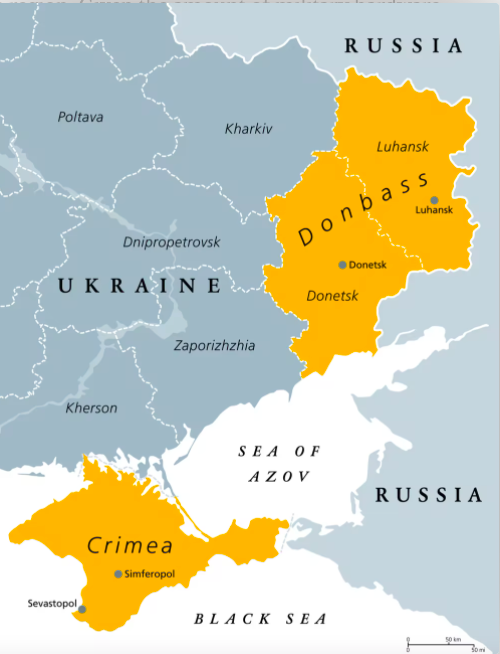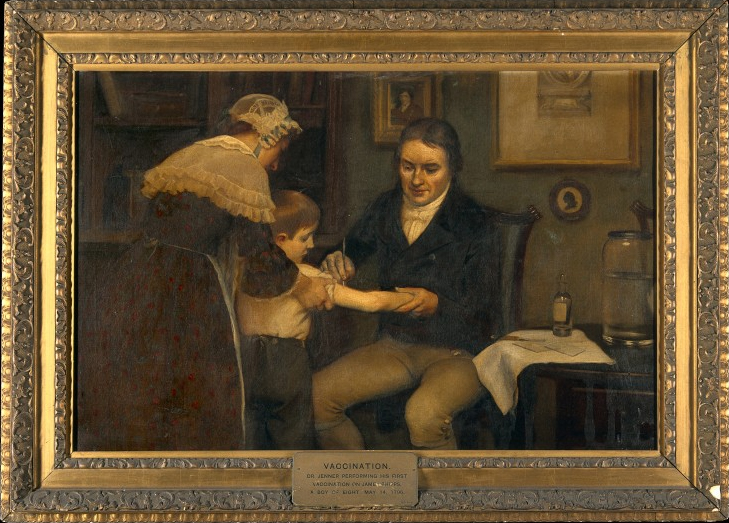
Settling Ukraine: The Need for a Diplomatic Solution Between Russia and the United States
On December 7th, a 2-hour virtual summit between President Joe Biden of the United States and President Vladimir Putin of the Russian Federation was held on the subject of Ukraine. The summit, which came amid the backdrop of alarming intelligence reports of a 100,000-175,000 Russian troop buildup near Ukraine and fears of a Russian invasion of the rest of Ukraine, achieved no diplomatic breakthrough. Following the conclusion of the summit, Victoria Nuland, Biden’s Undersecretary of State for Political Affairs, repeated previous threats of severe economic sanctions should Russia invade. Russia, for its part, denies that it has any intention to invade Ukraine and blames the crisis on the West pushing Ukraine to join the North Atlantic Treaty Organization (NATO) and renege on its commitments in the 2014-2015 Minsk Protocols. The Minsk Protocols were the agreements signed by all sides to stabilize the Ukrainian situation in the wake of the instability unleashed in the 2014 Maiden Revolution that ousted a duly elected pro-Russian president from Ukraine. Since 2014, Ukraine has been through a series of war scares. In April of 2021 reports of Russia amassing 100,000 soldiers to invade Ukraine created a similar war scare that touched off an international crisis only for it to come to naught. In June, an international incident occurred again when a British warship was caught sailing close to the Russian controlled coast of Crimea in a show of solitary with Ukraine.






